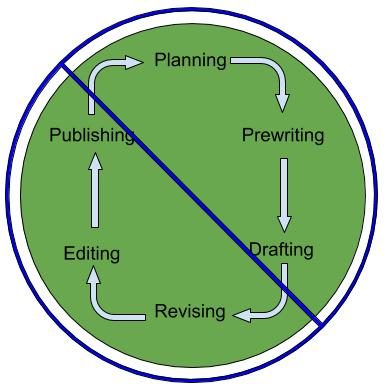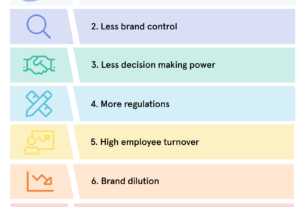As writers, we all strive to create pieces that are clear, concise, and impactful. Whether you’re working on a personal blog post or an important report for work, it’s essential to make sure your writing is as effective as possible. Two particularly useful tools for rethinking and refining your writing are rereading and revising.
Rereading
The first step in improving any piece of writing is to read it over again. This might seem obvious, but many writers skip this crucial step in their rush to get their ideas down on paper. Rereading allows you to catch any mistakes or inconsistencies that may have slipped past you the first time around.
When rereading your work, try to approach it with fresh eyes. Take a break from your writing for a few hours or even a day before coming back to it. This will help you see your work more objectively and identify areas where improvements can be made.
Another helpful tip when rereading is to read your work out loud. This can help you catch awkward phrasing or sentences that don’t flow well. It also gives you a chance to hear how your writing sounds, which can be especially helpful if you’re working on something that will be read aloud like a speech or presentation.
Revising
Once you’ve reread your work and identified areas that need improvement, it’s time to revise. This involves making changes to the content itself, rather than just fixing typos or grammar errors.
One approach to revising is to focus on the big picture first. Look at the overall structure of your piece and ask yourself if it makes sense. Is there a clear introduction and conclusion? Does each paragraph flow logically into the next? Are there any gaps in your argument?
Once you’ve addressed any major structural issues, it’s time to focus on the details. This might involve rewriting sentences to make them more concise or adding examples to support your points. It’s also a good idea to pay attention to word choice and tone, making sure that your writing is appropriate for your audience and purpose.
Tips for Effective Rereading and Revising
While rereading and revising are both essential tools for improving your writing, there are a few additional tips that can help you get the most out of these processes:
1. Take breaks: As mentioned earlier, taking breaks between writing and rereading can be incredibly helpful. It allows you to come back to your work with fresh eyes and a clearer perspective.
2. Get feedback: Having someone else read your work and provide feedback can be incredibly valuable. They may catch things that you missed or offer suggestions for improvement that you hadn’t considered.
3. Use online tools: There are a variety of online tools available that can help with both rereading and revising. Grammarly, for example, can help identify grammar errors and suggest ways to improve phrasing.
4. Keep an open mind: When receiving feedback on your work or identifying areas that need improvement, it’s important to keep an open mind. Remember that constructive criticism is meant to help you improve, not tear you down.
Conclusion
Rereading and revising are two essential tools for anyone looking to improve their writing. By taking the time to read over your work and make thoughtful revisions, you can ensure that your writing is clear, concise, and impactful.
So next time you’re working on a piece of writing, remember the importance of rereading and revising. With these simple but effective techniques, you can take your writing to the next level.
References:
– https://writingcenter.fas.harvard.edu/pages/editing-essay-part-one
– https://www.quickanddirtytips.com/education/grammar/how-to-revise-your-writing
– https://www.grammarly.com/blog/how-to-revise-your-writing/




